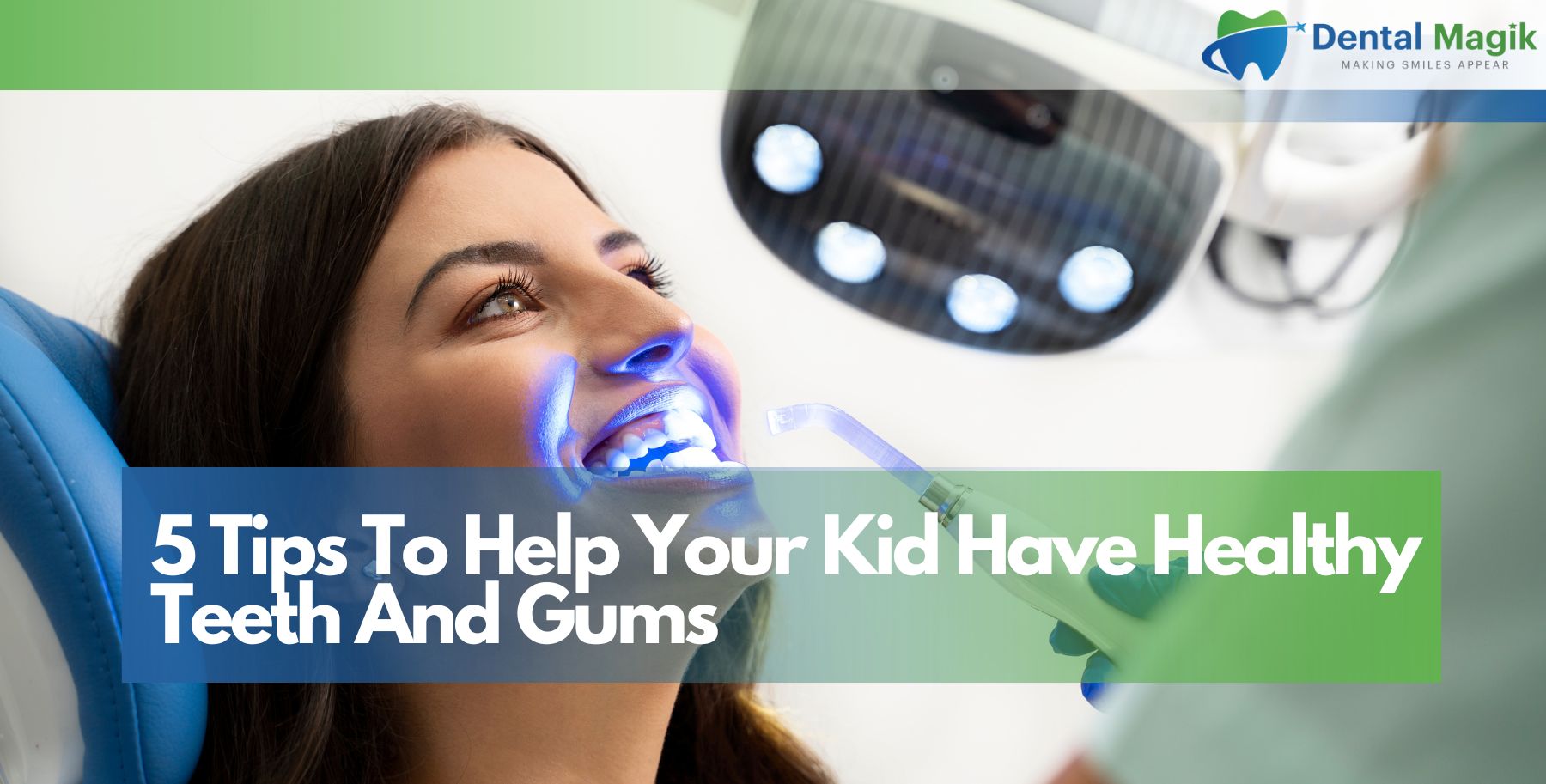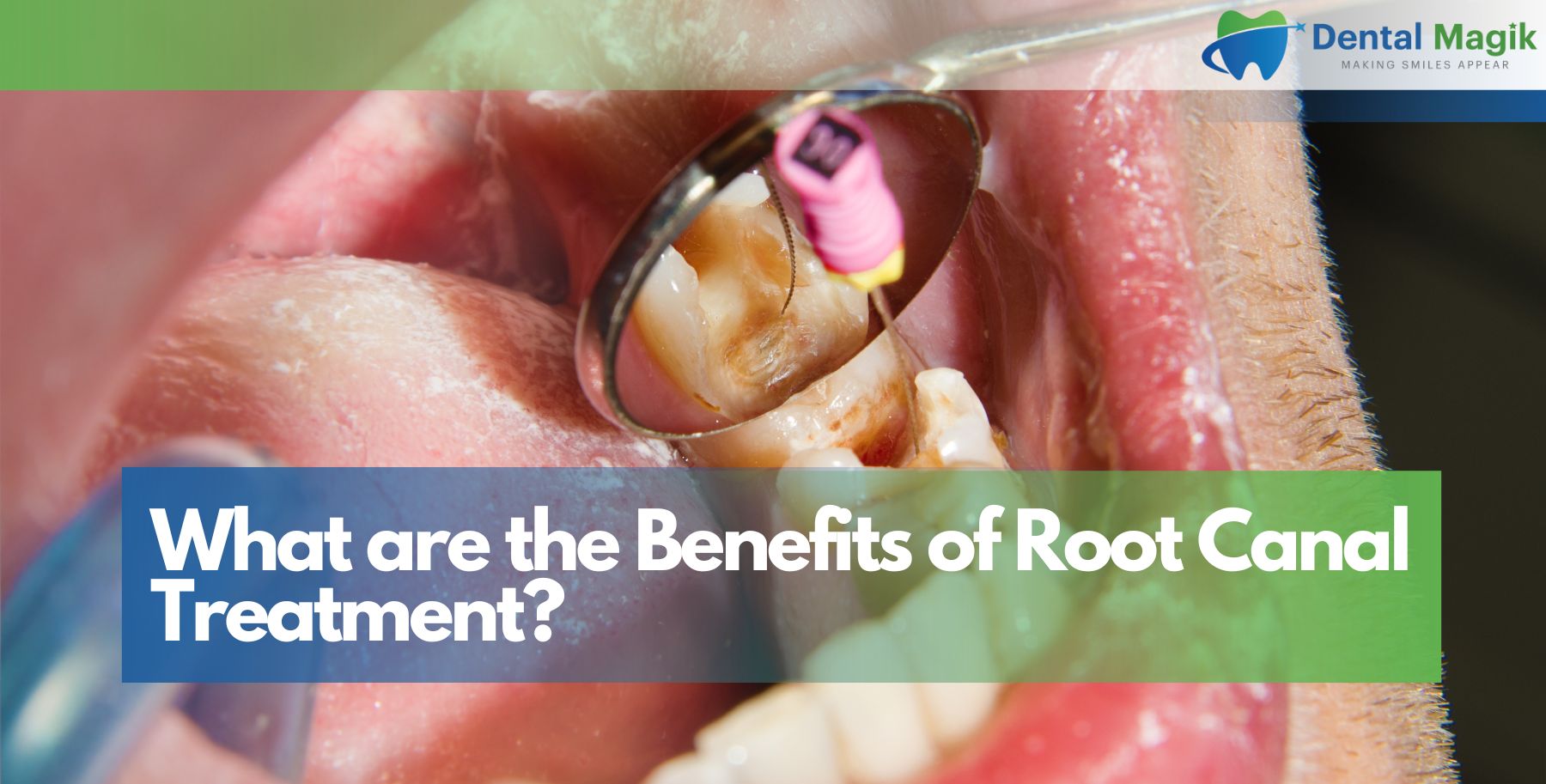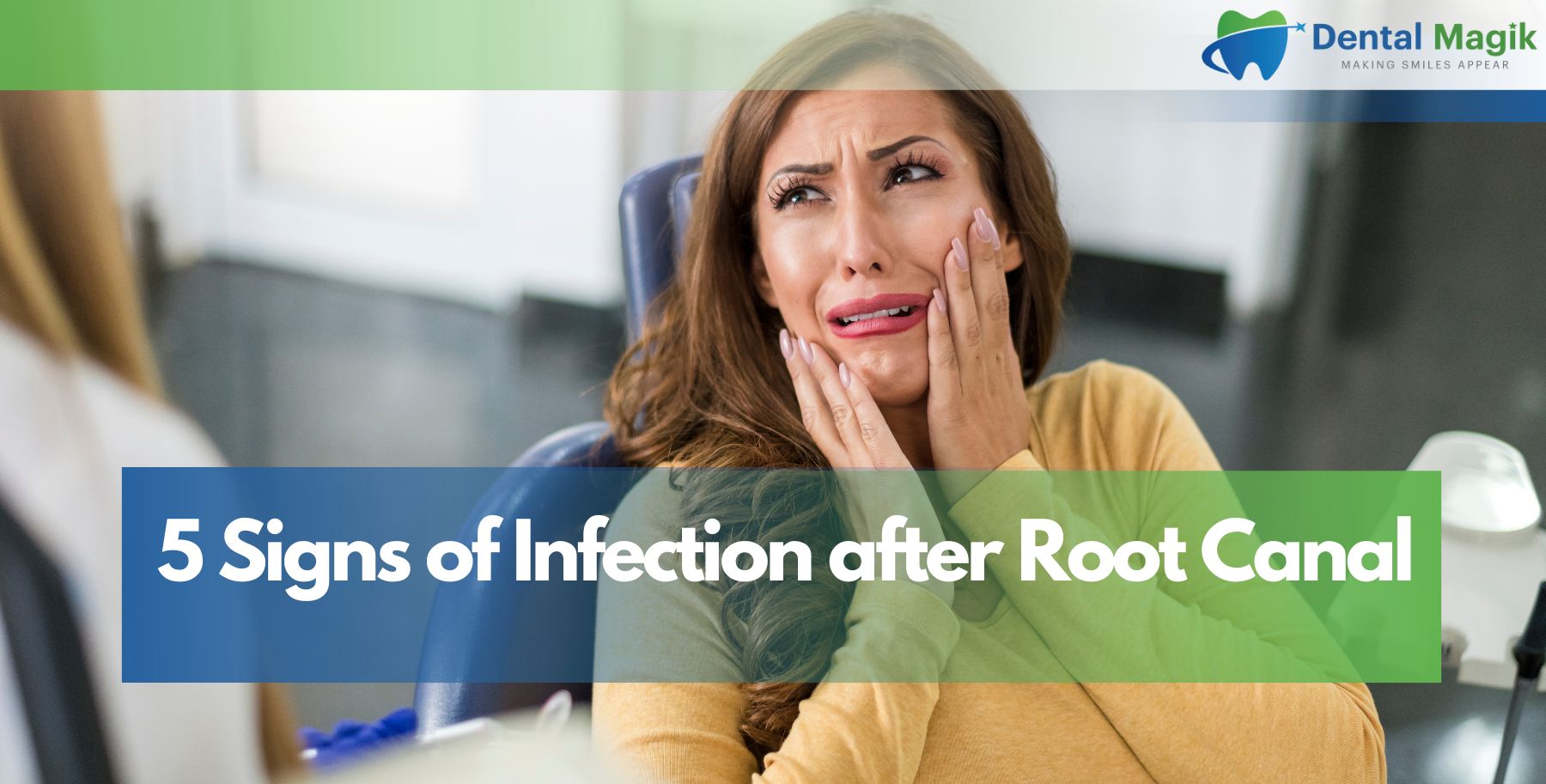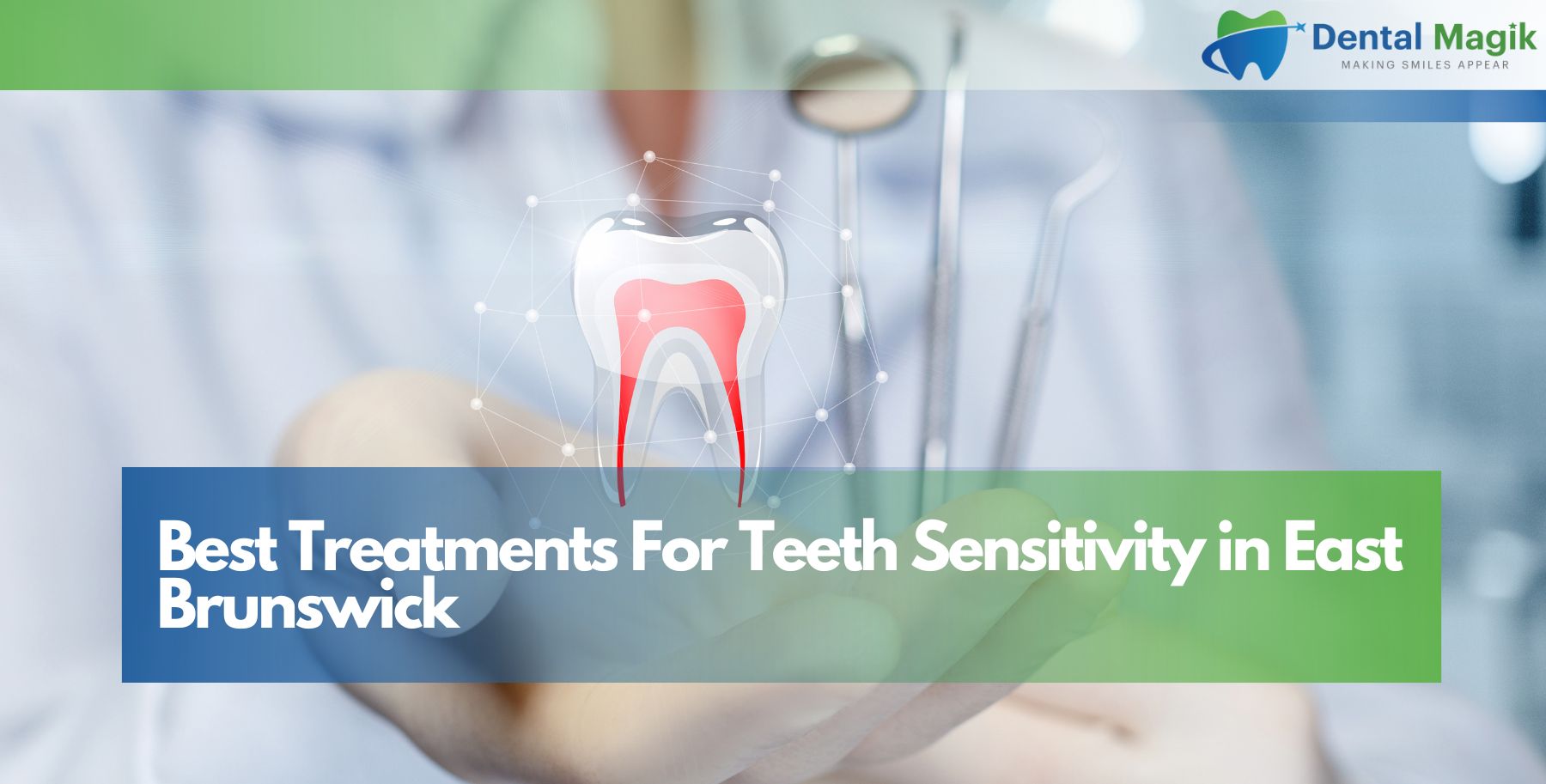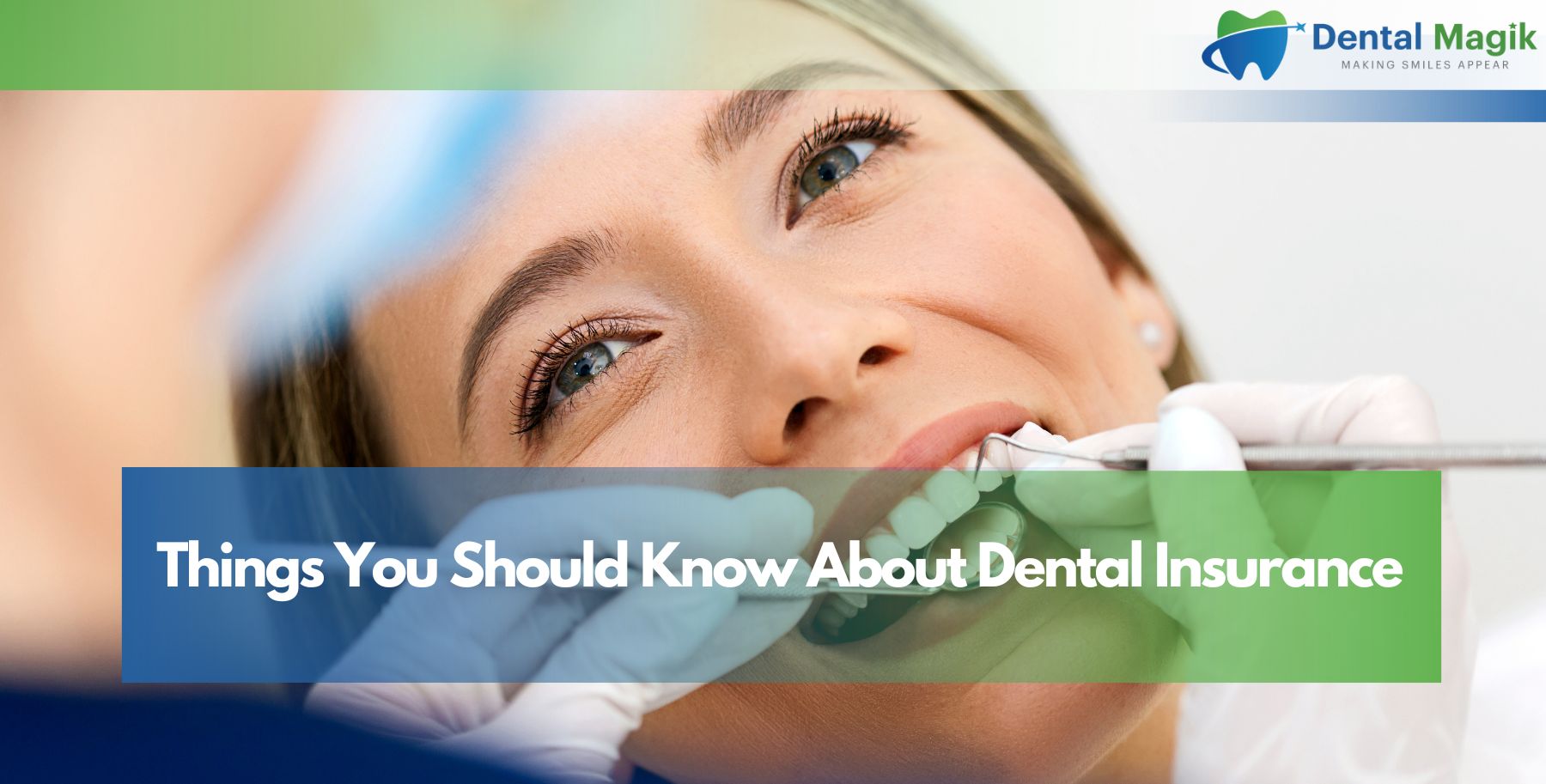A Professional Dental Cleaning is a crucial part of maintaining optimal oral health. Even with a perfect brushing and flossing routine, plaque and tartar can accumulate in hard-to-reach areas, increasing the risk of cavities, gum disease, and other oral health issues. Regular cleanings not only help maintain a healthy smile but also contribute to overall well-being.
If you’re wondering what to expect during a Professional Dental Cleaning, this guide will walk you through the step-by-step process, explain its benefits, and highlight why routine cleanings are essential for long-term oral health.
Why Are Professional Dental Cleanings Important?
A Professional Dental Cleaning goes beyond daily brushing and flossing. It removes plaque, tartar, and bacteria that build up over time, preventing serious dental issues such as cavities, gingivitis, and gum disease.
Skipping regular cleanings can lead to plaque hardening into tartar, which can only be removed by a dental professional. Tartar buildup increases the risk of gum infections, bad breath, and even tooth loss. Regular cleanings also allow your dentist to detect early signs of oral health problems and address them before they become severe.
How Often Should You Get a Professional Dental Cleaning?
Most dentists recommend a Professional Dental Cleaning every six months. However, some individuals may require more frequent cleanings, depending on their oral health condition. People with gum disease, a history of cavities, or those who wear braces may need cleanings every three to four months to prevent complications.
Regular cleanings are especially important for:
- Individuals with a high risk of gum disease
- Smokers or tobacco users
- Diabetic patients
- People with dry mouth (xerostomia)
- Those with a history of frequent cavities
Step-by-Step Process of a Professional Dental Cleaning
A Professional Dental Cleaning involves several essential steps designed to remove plaque, tartar, and bacteria while improving overall oral health. This thorough cleaning process helps prevent cavities, gum disease, and bad breath, ensuring a healthier smile. The procedure is performed by a dental hygienist or dentist, using specialized tools to clean areas that regular brushing and flossing cannot reach.
The process begins with a detailed oral examination to assess the condition of your teeth and gums. Then, plaque and tartar buildup are carefully removed through scaling, followed by a deep cleaning and polishing to eliminate stains. Next, professional flossing ensures that any remaining debris is cleared from between the teeth. Finally, a fluoride treatment may be applied to strengthen the enamel and protect against future decay.
By following this structured process, a Professional Dental Cleaning helps maintain long-term oral health while leaving your teeth feeling fresh and clean.
Step 1: Dental Examination
Before the actual cleaning begins, a dental hygienist will perform a thorough examination of your mouth. Using a small mirror, they check for signs of cavities, gum inflammation, plaque buildup, and any other abnormalities. If they detect significant issues, they may consult the dentist before proceeding with the cleaning.
Step 2: Plaque and Tartar Removal (Scaling)
Plaque and tartar accumulate on the teeth over time. Plaque is a sticky film of bacteria, while tartar is hardened plaque that forms along the gum line. The hygienist will use a specialized instrument called a scaler to gently scrape off tartar from the teeth and gum line.
This step is critical because once tartar forms, it cannot be removed with regular brushing. Removing it helps prevent gum disease, cavities, and bad breath. The more tartar buildup you have, the longer this process may take.
Step 3: Deep Cleaning with High-Powered Brushing
After removing tartar, the dental hygienist will use an electric toothbrush and a gritty toothpaste to perform a deep cleaning. This process polishes the teeth and removes any remaining plaque or stains. The toothpaste used during this step has a slightly abrasive texture, which helps scrub the teeth gently without damaging the enamel.
Step 4: Flossing Between the Teeth
Even if you floss at home, professional flossing is more thorough. The hygienist will carefully floss between your teeth, removing any plaque or debris that may have been missed during brushing. They may also provide tips on improving your flossing technique for better oral health.
Step 5: Rinsing and Fluoride Treatment
Next, you will be asked to rinse your mouth to remove any leftover debris. A fluoride rinse may be used to strengthen the teeth and prevent cavities.
After rinsing, a fluoride treatment is often applied to the teeth to help protect against decay. Fluoride strengthens the enamel and provides an extra layer of defense against acid attacks from bacteria and food.
Step 6: Final Dental Examination and Recommendations
Once the cleaning is complete, the dentist will conduct a final checkup to ensure everything looks healthy. They may discuss any concerns, provide recommendations for at-home oral care, and advise on when to schedule your next visit.
Benefits of a Professional Dental Cleaning
Regular Professional Dental Cleanings provide numerous benefits beyond a brighter smile.
Prevents Gum Disease and Cavities
Plaque and tartar buildup can lead to gum disease and tooth decay. Routine cleanings help remove these harmful substances, reducing the risk of oral infections.
Freshens Breath and Removes Stains
Professional cleanings eliminate bacteria that cause bad breath. They also remove surface stains, making your teeth appear whiter and healthier.
Detects Oral Health Issues Early
Dentists can identify potential issues such as cavities, gum recession, or oral cancer in their early stages during a routine cleaning, allowing for prompt treatment.
Saves Money on Costly Treatments
Preventative dental care, such as regular cleanings, is far more affordable than treating advanced dental problems like gum disease or tooth decay.
Promotes Overall Health
Oral health is linked to overall health. Studies suggest that poor oral hygiene can contribute to conditions like heart disease, diabetes, and respiratory infections. Keeping your gums and teeth healthy can support your overall well-being.
How to Maintain Oral Health Between Cleanings
While Professional Dental Cleanings are essential, maintaining good oral hygiene at home is equally important. Here are some tips:
- Brush Twice a Day: Use a fluoride toothpaste and brush for at least two minutes.
- Floss Daily: Flossing removes food particles and plaque from between the teeth.
- Use an Antiseptic Mouthwash: This helps kill bacteria and freshen breath.
- Avoid Sugary Foods and Drinks: Sugar promotes plaque buildup and cavities.
- Stay Hydrated: Drinking plenty of water helps wash away food debris and bacteria.
- Visit Your Dentist Regularly: Schedule cleanings every six months for optimal oral health.
Who Should Get a Professional Dental Cleaning?
Everyone can benefit from Professional Dental Cleaning, but certain individuals may require more frequent cleanings, such as:
- Patients with a history of gum disease
- Smokers or tobacco users
- People with braces, dentures, or dental implants
- Those prone to cavities or plaque buildup
- Individuals with chronic conditions like diabetes
If you’re looking for Dental Cleanings in East Brunswick, NJ, visiting a professional dentist ensures that your teeth and gums remain in excellent condition.
Conclusion
A Professional Dental Cleaning is essential for maintaining strong, healthy teeth and gums. It helps prevent cavities, gum disease, and other oral health issues while improving the overall appearance of your smile. By scheduling regular cleanings and following good oral hygiene habits, you can enjoy long-lasting dental health.
If you’re due for a cleaning, consider visiting a Dentist in East Brunswick, NJ for high-quality, comprehensive care. Regular cleanings, along with daily oral hygiene practices, ensure a healthy smile for years to come.


